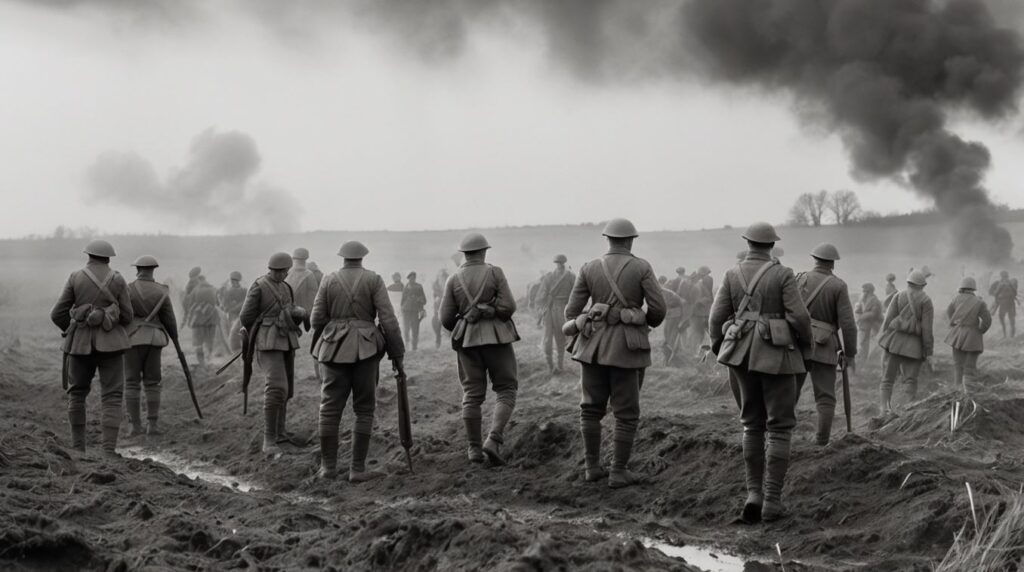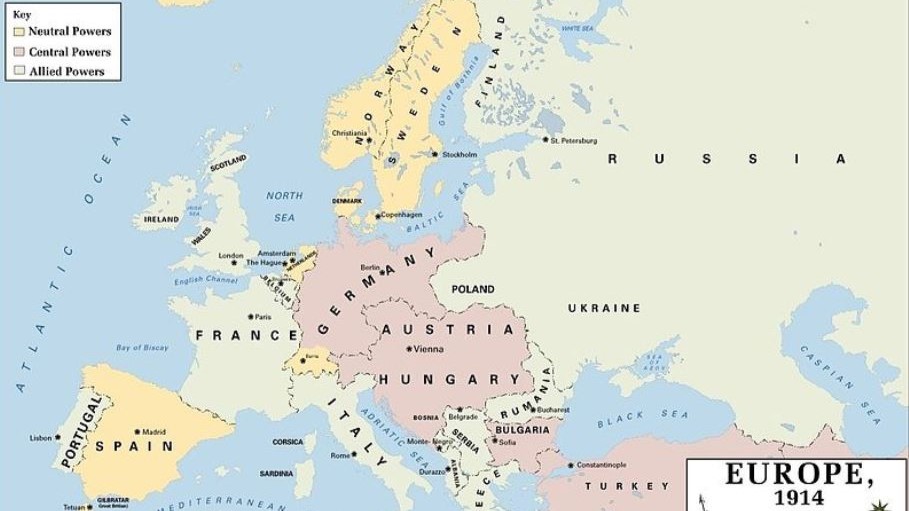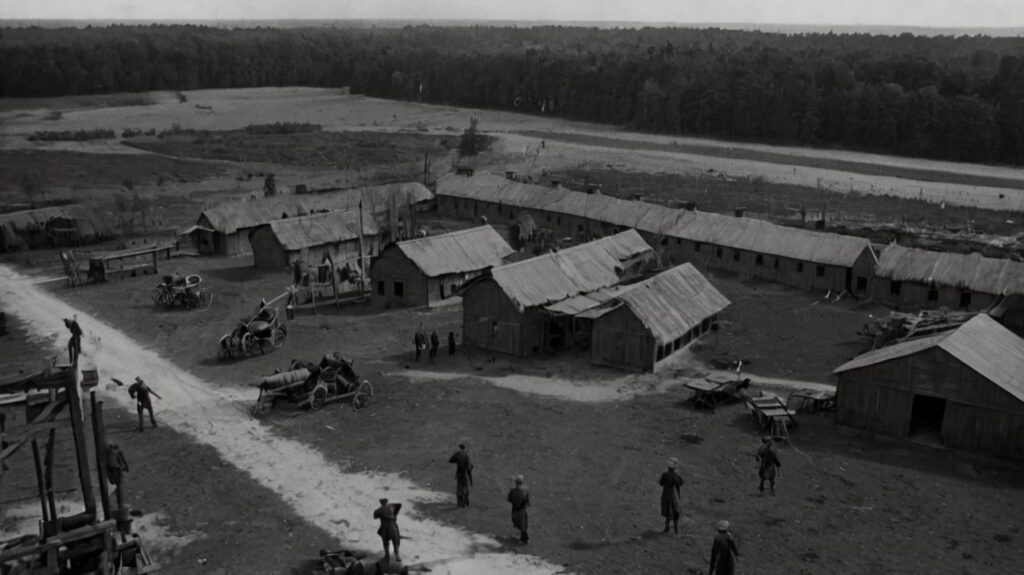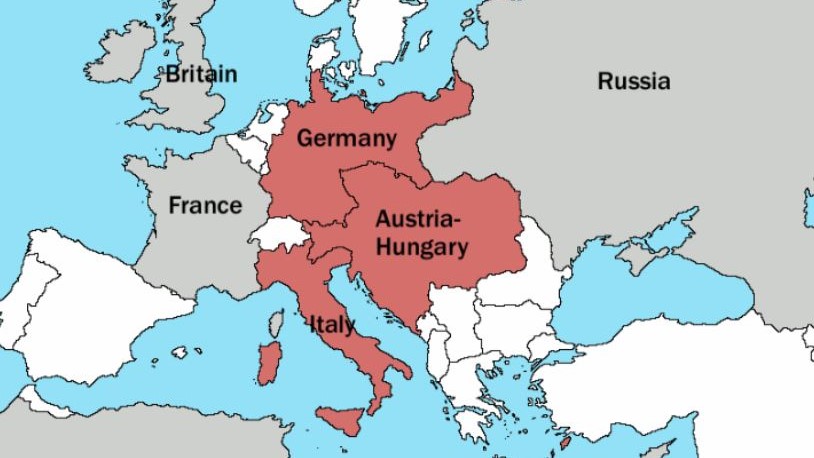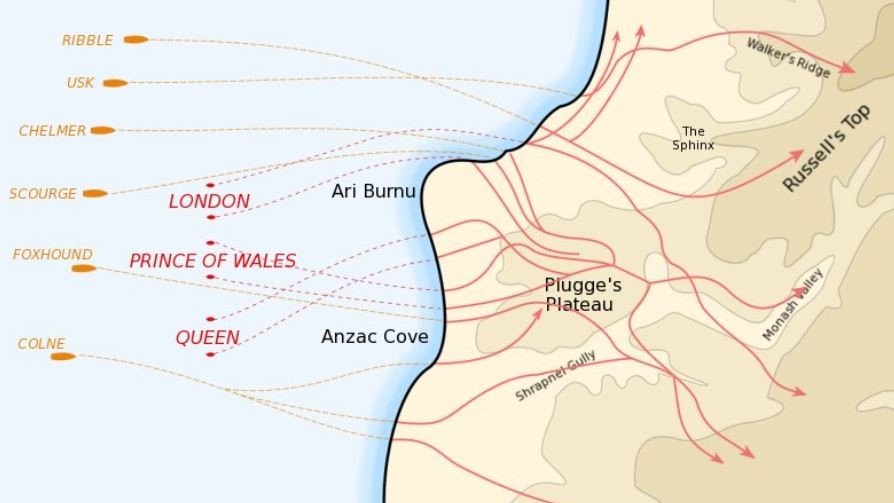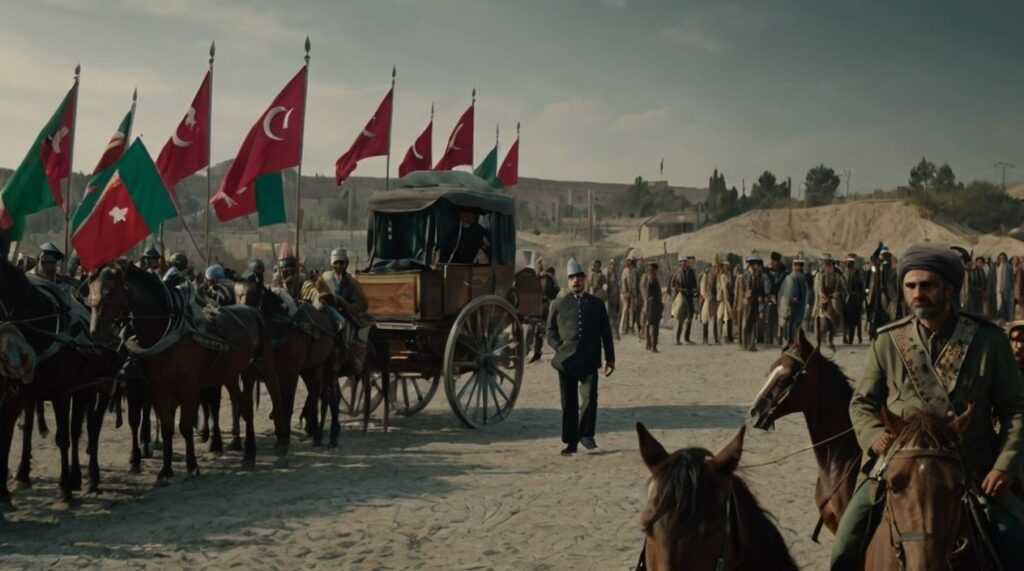The Osowiec Fortress and infamous “Attack of the Dead Men” was a haunting story from World War 1 that gave rise to the Russian zombie legends.
The legend originated along the Russian Empire’s frontlines in defense of Osowiec Fortress against the Germans’ first large-scale chemical attack orchestrated by Field Marshal von Hindenburg himself.
The Russian defenders were scarred from the effects of the chlorine gas. They were wrapped in rags and blood-stained uniforms and devised a daring counter-attack on German positions.
Join me as I explore the historical backdrop, the prelude to the battle, the extraordinary counterattack, and the enduring repercussions of this chilling tale.
1. The Osoweic Fortress and its Strategic Significance
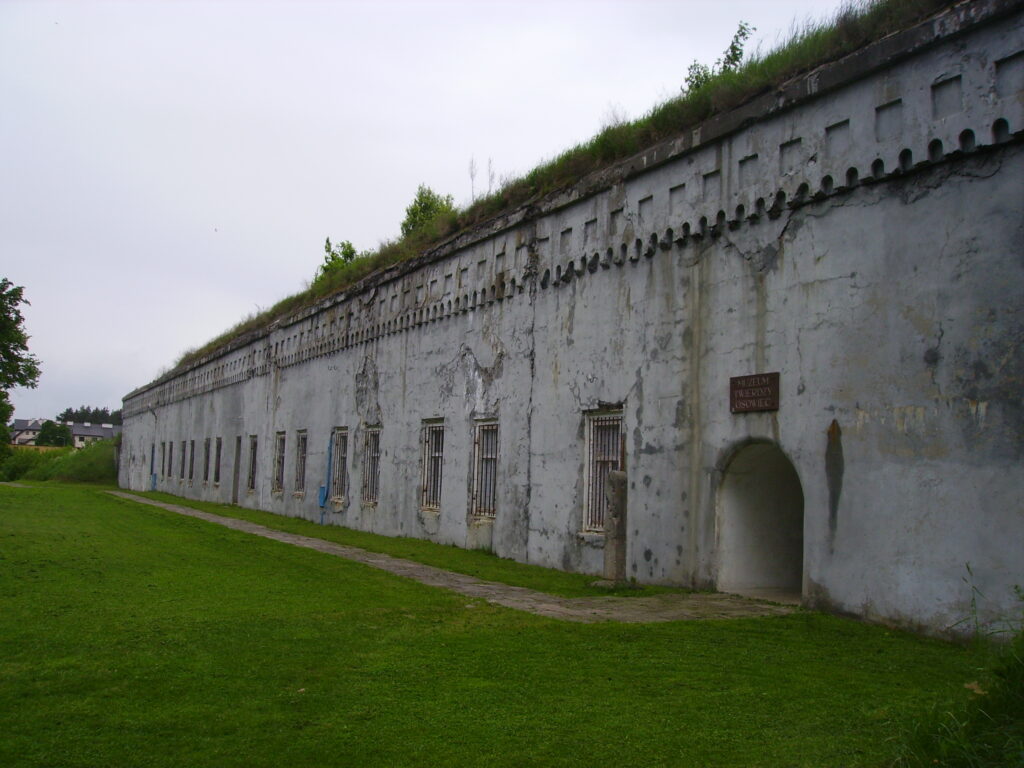
In northeastern Poland, the Osoweic Fortress is an imposing and strategic landmark. The Russian Empire recognized its significance. They invested in creating a formidable stronghold that would serve as a bulwark against the encroaching German threat.
This formidable 19th Century fortress stood resolute, a critical barrier against German expansion.
The fortress’s architectural brilliance lay in its intricate defensive layers, carefully crafted to repel invaders. Trenches, resembling a complex web beneath the surface, created an intricate maze that impeded progress and disrupted enemy formations.
Barbed wire formed an additional line of defense, presenting a menacing obstacle to any approaching force. Machine gun nests, strategically positioned, awaited those who dared to breach the fortress’s outer defenses.
In the face of frontal assaults and relentless attacks from the German Army, Osoweic Fortress stood tall, with trenches, barbed wire, and machine gun nests repelling each attempt to breach its walls.
Osoweic Fortress became more than a military stronghold; it embodied resilience and defiance.
2. German Assaults and the Introduction of Chemical Warfare
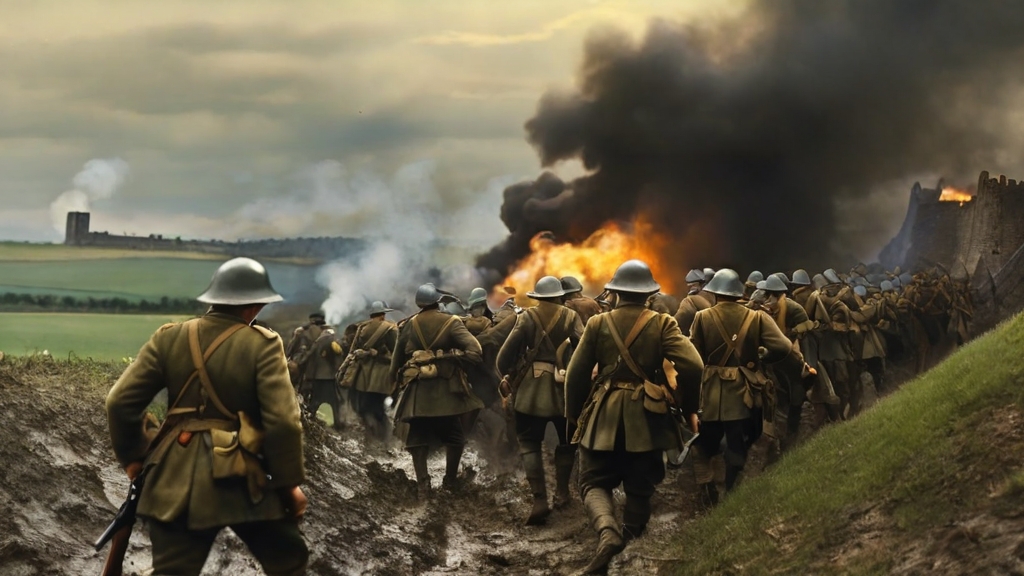
The Osoweic Fortress stood resilient against three relentless frontal assaults by German forces in the years 1914 and 1915.
Each attempt, met with unwavering determination from the Russian defenders, showcased the strength of the fortress’s intricate defensive layers.
However, the tides of war took a malevolent turn in the summer of 1915. Marking a pivotal moment in military history with the introduction of a sinister weapon – chemical warfare.
Turning to Desperation
As the stalemate persisted, the German High Command, led by Field Marshal Paul von Hindenburg, faced the daunting task of breaking the deadlock. In strategic desperation, he unleashed a new and horrifying form of warfare – chemical attacks.
In the summer of 1915, Osoweic Fortress became the testing ground for the introduction of chemical warfare.
The once-clear skies above the fortress were tainted with the ominous release of chlorine gas. This insidious weapon, never before employed on such a scale, marked a shift in the nature of warfare.
Its deployment signaled a departure from conventional tactics, plunging the battlefield into an era of unprecedented horror.
Chlorine Clouds
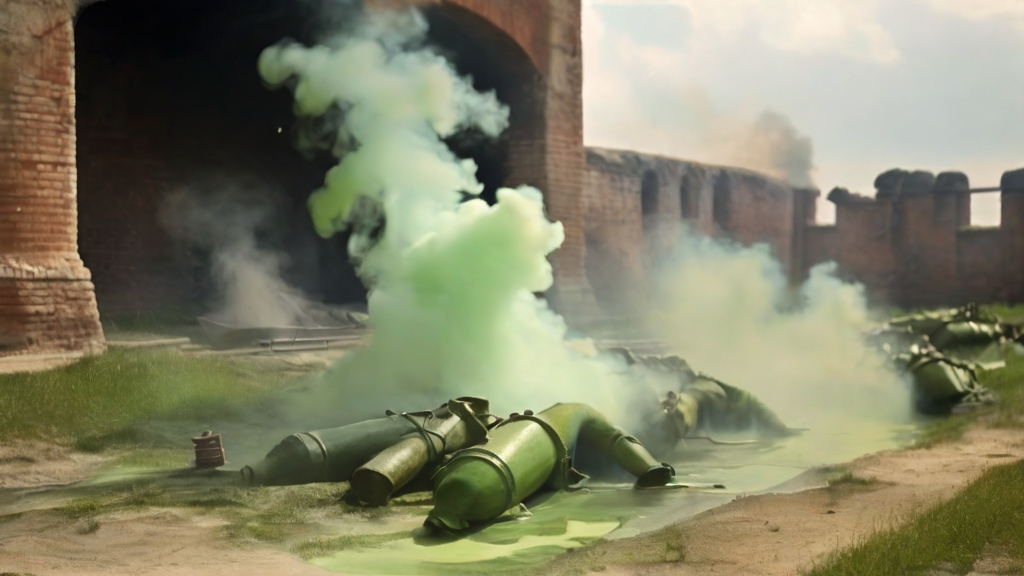
On that fateful day in August 1915, the Germans unleashed a barrage of chlorine gas upon the fortress.
The toxic clouds rolled across the battlefield, causing swift and agonizing deaths to Russian soldiers stationed outside the fortifications. The once static and predictable nature of warfare transformed into a nightmarish landscape, with an unseen enemy claiming lives with ruthless efficiency.
The introduction of chemical warfare at Osoweic marked a dark chapter in military history. It brought forth a new dimension of terror. Soldiers faced not only the brutality of conventional weapons but also the invisible and indiscriminate horrors of poisonous gases.
As the chlorine gas dissipated over the blood-soaked fields surrounding Osoweic Fortress, the stage was set for an event that would etch itself in legend – the infamous “Attack of the Dead Men” and creation of the Russian zombie legends.
3. The Emergence of the Russian Zombie Legends
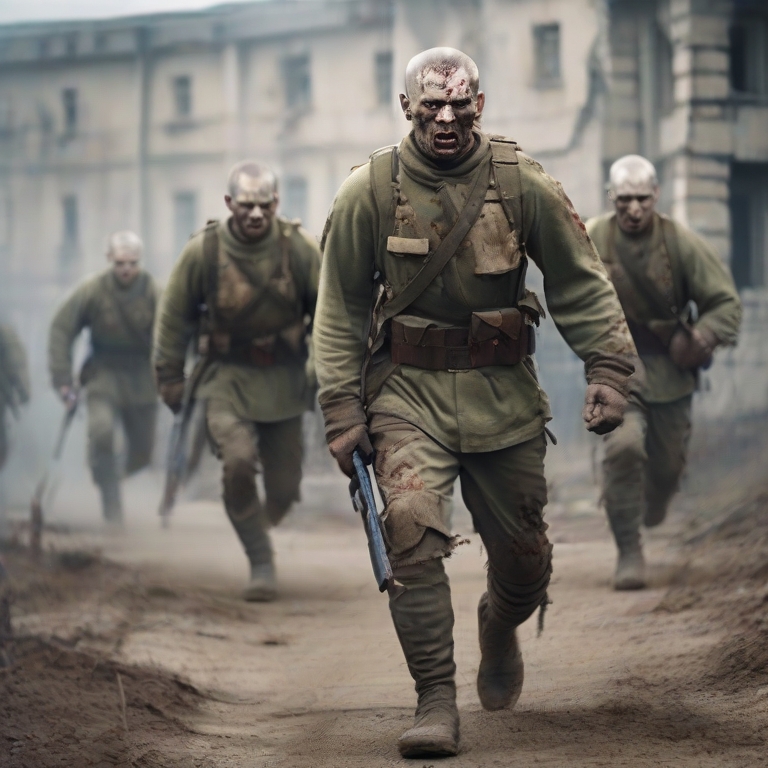
The insidious chlorine gas, creeping across the battlefield, brought rapid and gruesome death to the Russian soldiers stationed outside the fortifications.
The deployment of chlorine gas plunged the battlefield into a realm of terror previously unseen.
As the greenish-yellow clouds billowed towards the fortress, the once-clear air transformed into a lethal cocktail of chemicals, choking the life out of those unfortunate enough to be caught in its deadly embrace.
Inside the fort, the situation was dire !!
The fortress, designed to withstand conventional attacks, was ill-equipped to defend against chemical warfare. Panic and chaos crept in as the toxic clouds enveloped the defenders, claiming lives and sowing terror among survivors.
Amidst this chaos, however, a group of around 100 severely wounded Russian soldiers emerged.
These men, ravaged by the effects of the chlorine gas and in a moment of desperation, devised a daring and unprecedented counter-attack.
Bearing the scars of chemical burns, wrapped in rags, and with blood-soaked uniforms, the Russian soldiers charged towards the German lines with bayonets fixed.
The scene that unfolded was nothing short of terrifying – a ghastly procession of the seemingly undead, Russian zombies, rising from the chemical-laden haze to confront the living.
The Germans, caught off guard by this unexpected and ferocious onslaught, recoiled in horror.
The “Attack of the Dead Men” had begun and the Russian Zombie legend was formed.
Despite their weakened state and makeshift protection, the Russian soldiers pressed forward with unwavering determination. The sheer audacity of this counter-attack overwhelmed the German forces.
Panic ensued among the ranks as the retreating soldiers trampled over each other in their own barbed wire. A chaotic retreat born from a macabre collision of terror and desperation.
The fortress, seemingly on the brink of falling into German hands, was miraculously saved by the indomitable spirit of these “dead men.”
The legacy of those who rose from the grips of death to reclaim their fortress endures as a haunting reminder of the harrowing realities faced by soldiers on the front lines of World War I.
4. Russian Zombie Legends: The Historical Significance
The echoes of the “Attack of the Dead Men” lingered well beyond the haunting battleground of Osoweic Fortress. The Russian zombie legends would spread across the battlefields of World War 1.
Though the fortress eventually fell on August 22, 1915, the gallant stand of the Russian defenders, especially the indomitable “Russian zombie legends” left a mark on the collective memory of the conflict.
The horrors unleashed by chemical warfare during the Osoweic Fortress engagements had a profound impact on the global perspective towards the use of such weapons.
In response to the collective shock and revulsion evoked by the use of chemical weapons, the Geneva Protocol of 1925 emerged as a milestone in the evolution of international law.
Signed by 38 nations, the Geneva Protocol unequivocally prohibited the use of chemical weapons in warfare. The haunting battles like the “Attack of the Dead Men” played a pivotal role in shaping this historic agreement.
The Geneva Protocol marked a decisive shift in the ethical considerations governing armed conflict. It sought to protect not only soldiers but also civilians from the indiscriminate and barbaric use of chemical weapons.

